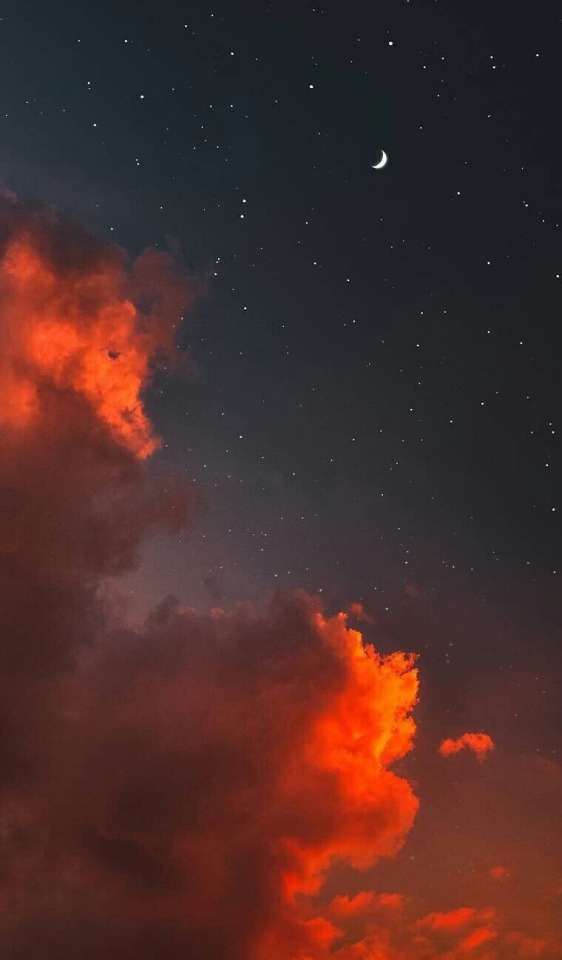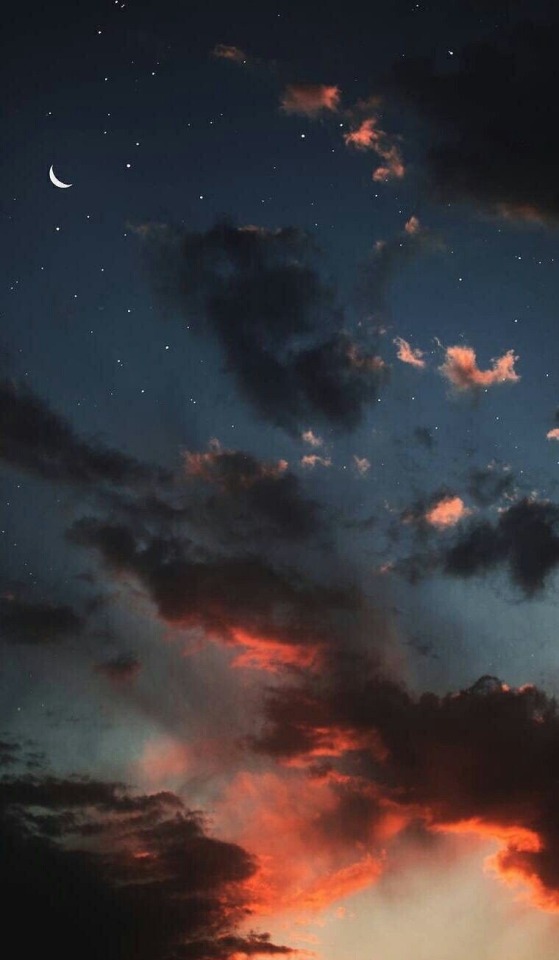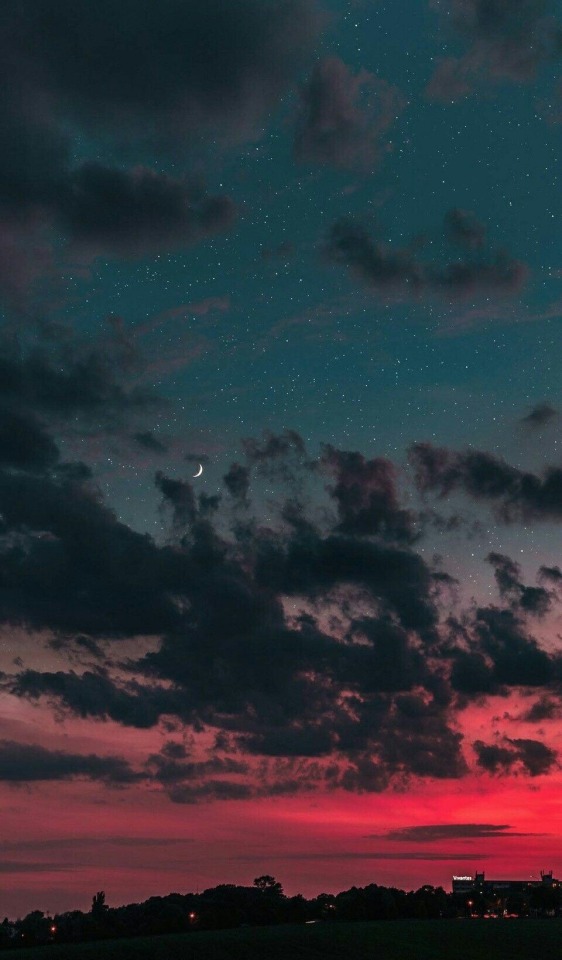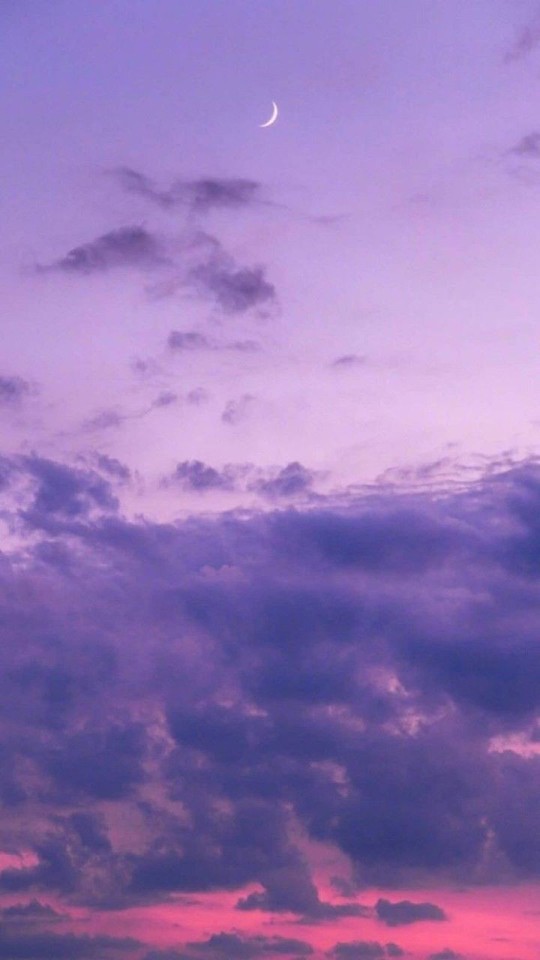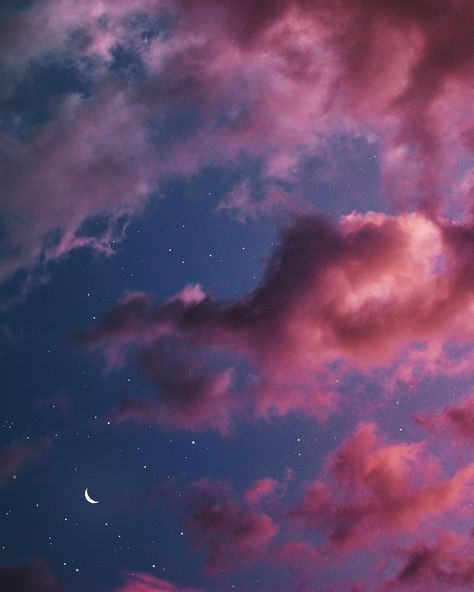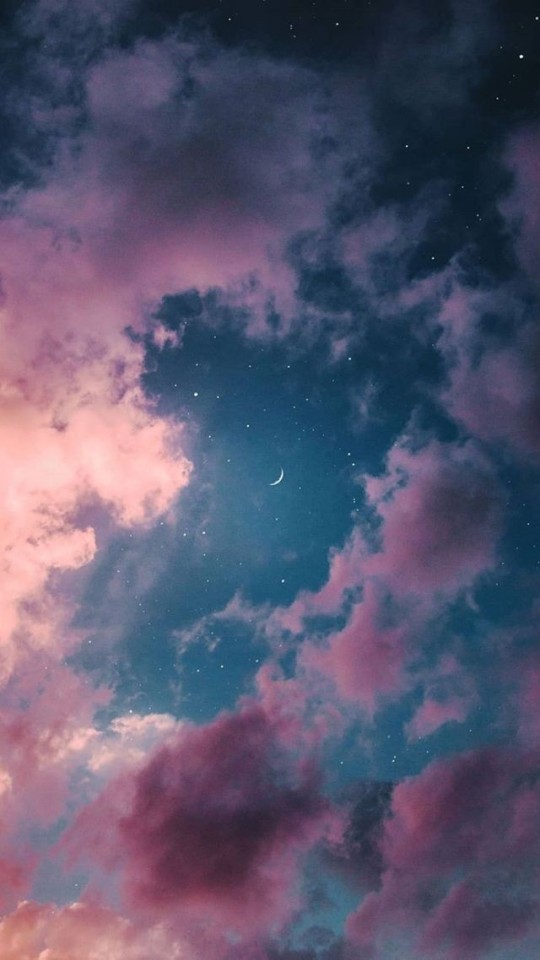Triangulum Log - Blue Veil System - Post 2 (Inner Giants)






Triangulum Log - Blue Veil System - Post 2 (Inner Giants)
The inner two planets of the system, a hot ice giant and warm gas giant.
The inner planet orbits 0.16 AU from the sun, has a mass 12 times that of Earth and an average atmospheric temperature of 813° F.
The second world is a Saturn-like gas giant with an impressive ring system. It orbits 0.64 AU from the sun, has a mass of 82 Earths, and a single large satellite orbiting it.
High Resolution Images
Image 1 - Inner-most Planet (Hot Ice Giant)
Image 2 - Two Suns in the sky
Image 3 - Stunning Rings
Image 4 - Giant in the sky
Image 5 - Lone Companion
Image 6 - Twin suns against the rings
More Posts from Sharkspaceengine and Others

Picture of the day - December 6, 2018
Another picture of the fifth planet of the Insight B system.

Picture of the Day - November 9, 2018
Crescent gas giant over an asteroid moon.

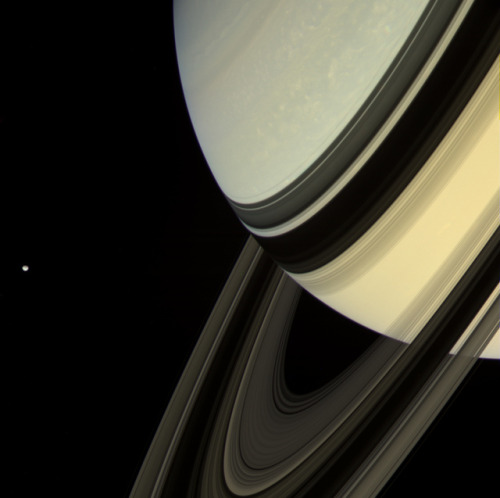






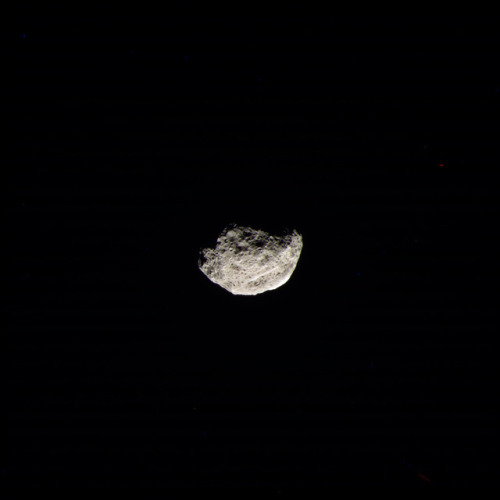

Saturn, rings and moons
NASA/JPL-Caltech/SSI/Kevin M. Gill




Pictures of the day - January 1, 2019
A set of skylines from a large moon of a gas giant.
Space Engine System ID: RS 5581-7-7-1842438-367 A5.1 to visit the moon in Space Engine






Triangulum Log - Post 4 - Vista System (Planet 2)
Here we come across the system’s second planet, a warm desert world. This rocky world orbits 0.41 AU from the sun and has a mass roughly one fifth that of Earth. It is a hot world covered in a thin Carbon Dioxide/ Sulfur Dioxide atmosphere with one tenth the atmospheric pressure of Earth. The planet is tidally locked to the sun and has an average surface temperature of 231° F on the day-side.
High Resolution Pics
Image 1
Image 2
Image 3
Image 4
Image 5
Image 6






Pictures of the Day - November 10, 2018
Three different desert worlds orbiting a bright red dwarf with surface shots. The star is roughly 10% the brightness of the sun, about as bright as you can get for a red dwarf. A common misconception is that red dwarfs are actually red in color. This is true only for the smaller dim ones, but most have a more orange to red-orange tint to them.
Unfortunately, I already left the system long before I could log the system ID.
High Resolution Pics
Picture 1
Picture 2
Picture 3
Picture 4
Picture 5
Picture 6





O’Sirus System - Post 1 (Hellish Moon)
We have gone deeper in the Triangulum Galaxy. We are now only 1,473 light years from the NGC 604 Nebula. Our next system is the O’Sirus System, a dim Orange Dwarf orbited by 12 planets, including 1 world that supports life.
The lone satellite orbiting the third planet. Roughly a third of Earth’s mass with a super-heated water vapor atmosphere. Atmospheric temperatures reach up to 1,000 K (1,340 °F), and glowing clouds of Titanium Dioxide hoover over the moon. The sun is only a K9V type star, but at only 0.11 AU, it covers an area of the sky 7.5 times larger than a Full Moon on Earth.
Space Engine System ID: RS 1229-171-8-11850488-229
High Resolution Pics
Picture 1 - Volcanic moon with glowing metallic clouds.
Picture 2 - Atmospheric Haze
Picture 3 - The Surface
Picture 4 - Lunar Sky
Picture 5 - Eclipse
Vibrant Rings

Picture of the Day - November 1, 2018
I’ve decided to move closer to home and am now exploring the Large Magellanic Cloud Galaxy. You’ll see in numerous pictures the Milky Way in the background covering almost a quarter of the sky in some locations
First picture from the new galaxy a ringed ice-giant with a colorful ring system.

Picture of the day - December 29, 2018
Binary Sunset over an ice giant.
-
 sharkspaceengine reblogged this · 6 years ago
sharkspaceengine reblogged this · 6 years ago
My Space Engine Adventures, also any space related topic or news. www.spaceengine.org to download space engine. The game is free by the way. Please feel free to ask me anything, provide suggestions on systems to visit or post any space related topic.Check out my other blog https://bunsandsharks.tumblr.com for rabbit and shark blog.
294 posts

